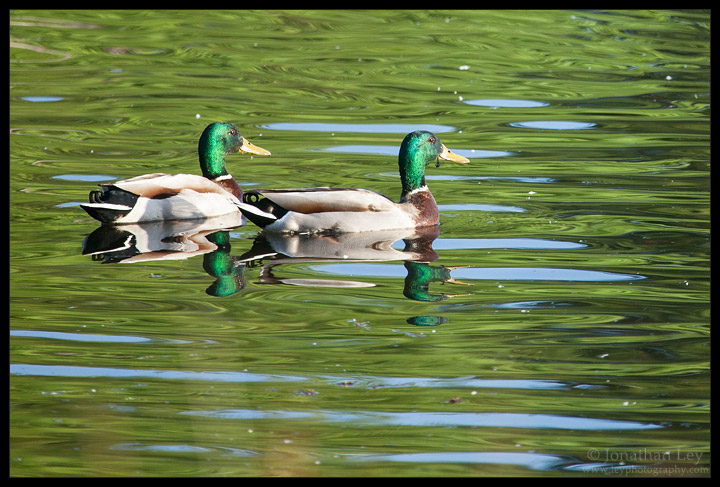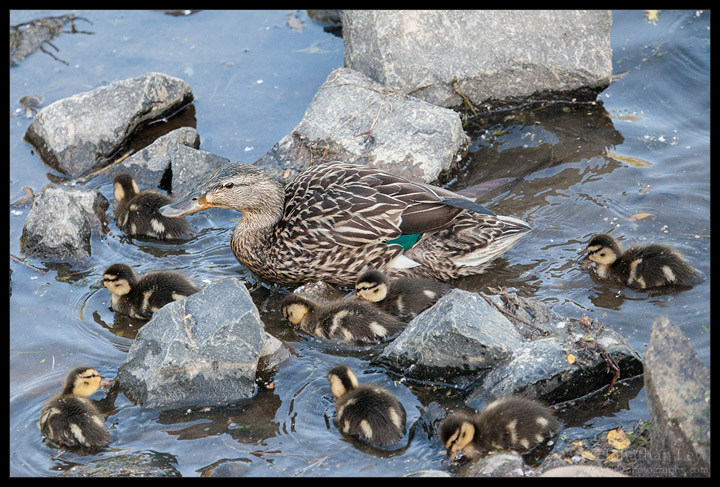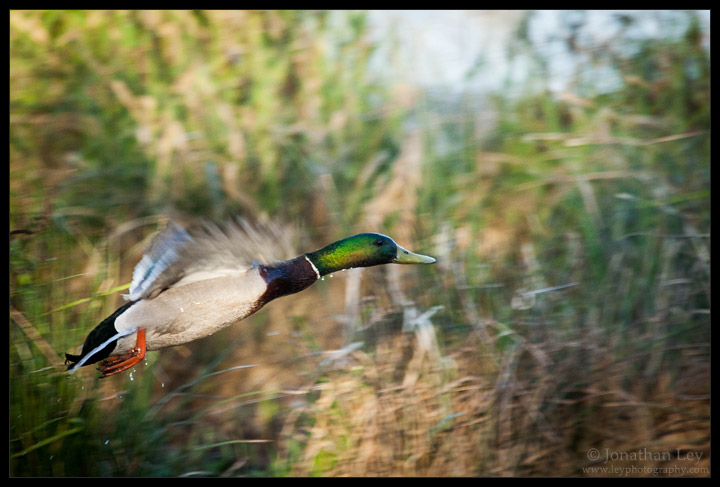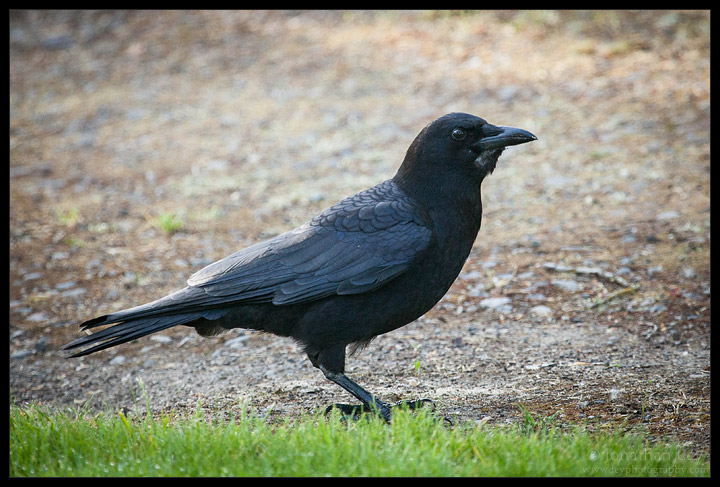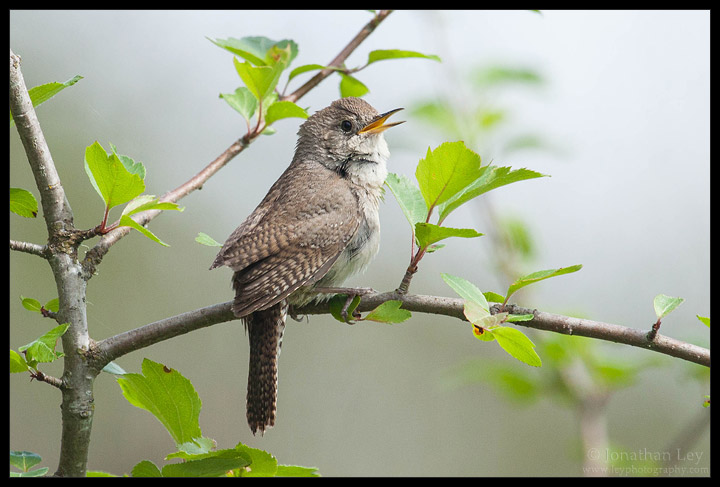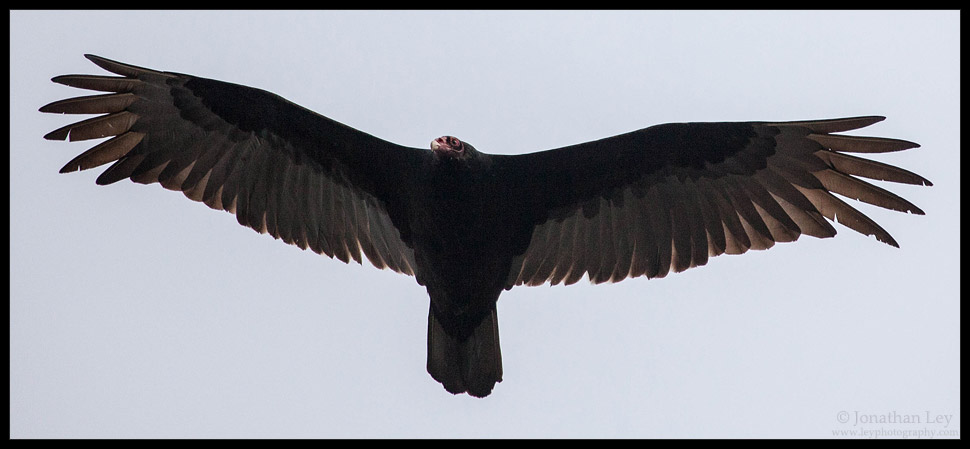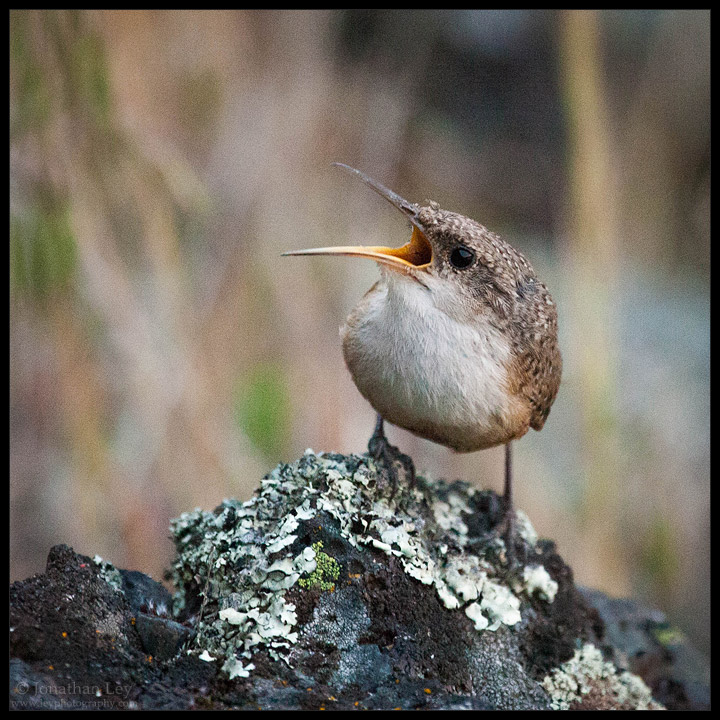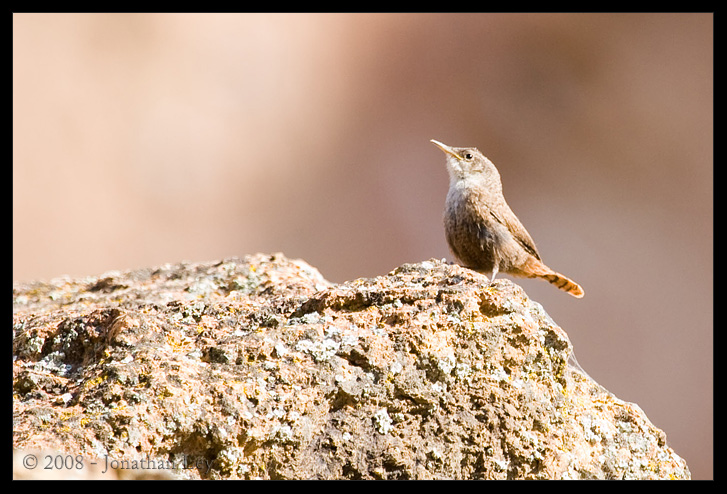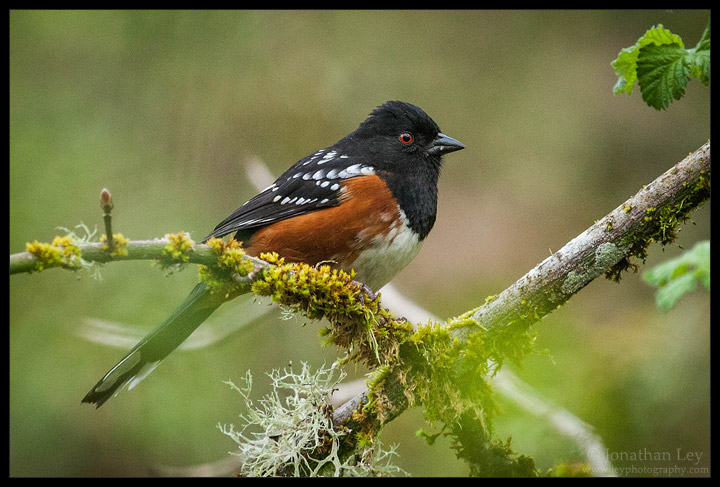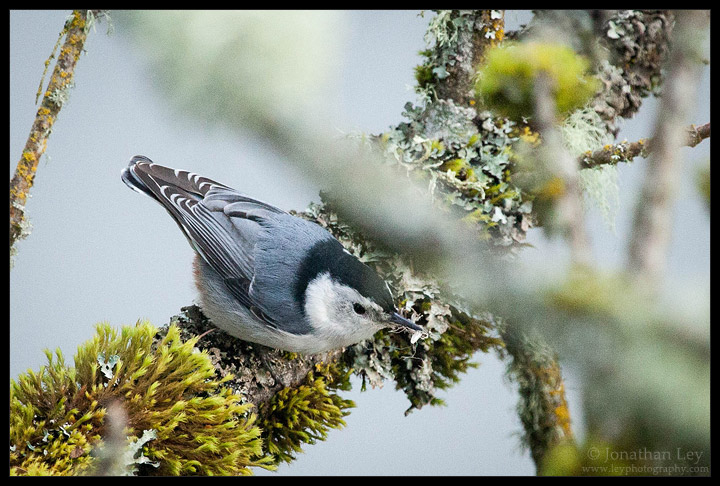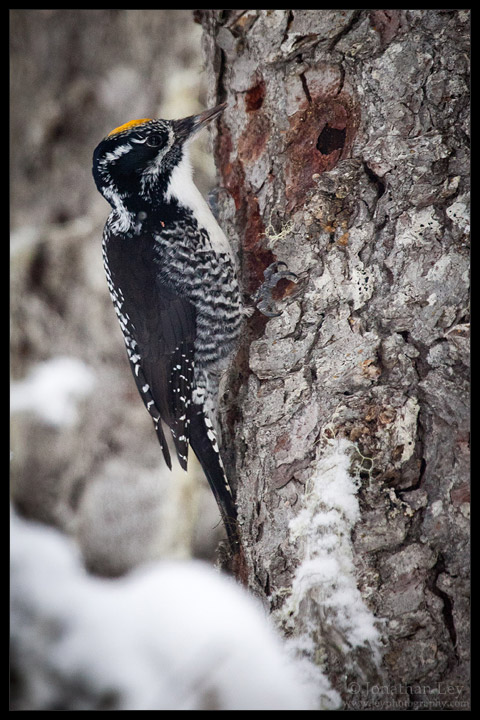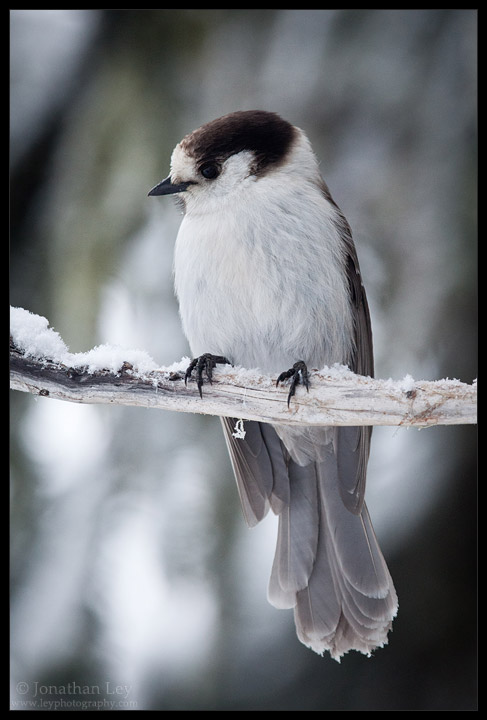May 2012 – Eugene, Oregon
By far our most common and visible duck… I wonder if they were more rare, would they be more beautiful? The males are kind of neat with their shiny green heads. As for this pair, I have to wonder… are they a couple? or just good buddies?
This is why we have so many Mallards… they’re prolific breeders, and good parents.
I couldn’t resist adding the action shot…

